Proving the cruelty and bloodthirstiness of the Soviet regime, publicists used the "three-spikelet" law as an argument. According to some authors, this regulatory act was directly aimed at the destruction of the peasantry. However, the researchers have a different view of the situation.
Features of punishment
During the years of Stalinist repression , the Criminal Code of the RSFSR operated. It established various punishments for various crimes. Responsibility for theft, meanwhile, was rather small, one might even say that it was symbolic. For example, for the theft of property without the use of technical means and without conspiracy with other persons, forced labor or a prison for up to 3 months were provided for the first time. If the act was committed repeatedly or if the material values necessary for the victim are the subject of the infringement, the punishment in the form of imprisonment for a period up to six months is applied. For repeated theft or carried out using technical means, as well as in a preliminary conspiracy, imprisonment of up to one year was supposed. The same punishment threatened the person who committed the theft without these conditions at the marinas, train stations, hotels, ships and in wagons. For theft from a public or state warehouse, another storehouse using technical means or in conspiracy with other persons, or forced labor has been repeatedly assigned for up to a year or imprisonment up to 2 l. A similar punishment was imposed for entities that committed an act without these conditions if they had special access to the facilities or guarded them, as well as during a flood, fire, or other natural disaster. For especially large thefts from public / state warehouses and storages, as well as in the presence of special clearance in them, using technical means or in conspiracy with other criminals, up to 5 years in prison were supposed. As you can see, the punishments were quite lenient even in the presence of serious circumstances. Of course, such sanctions did not stop the attackers. The problem was aggravated by the fact that as a result of collectivization a new type of property appeared - public. In fact, she was left without any legal protection.
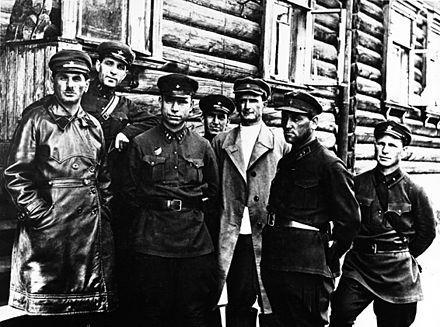
Decree 7-8
The problem of thefts has become acute in the country. In a letter to Kaganovich, JV Stalin substantiated the need to approve a new regulatory act. In particular, he wrote about the fact that recently thefts of goods on railway transport have become too frequent. The damage was estimated at tens of millions of rubles. Cases of theft of collective and cooperative property have become more frequent. The thefts, as indicated in the letter, were organized mainly by fists and other elements that sought to undermine the political system. According to the Criminal Code, these subjects were considered as ordinary thieves, received 2-3 years of "formal" prison. In practice, after 6-8 months. they amnestied safely. JV Stalin pointed out the need to tighten responsibility. He said that further connivance could lead to the most serious consequences. As a result, a resolution was adopted by the CEC and the Council of People's Commissars of the USSR of August 7, 1932. Punishments for thefts were substantially tightened. According to the normative act, for the theft of collective and cooperative property, up to 10 years of prison were envisaged in the presence of extenuating circumstances. If the latter were absent, capital punishment was appointed. For such theft, execution with confiscation was supposed. The need to issue a regulatory act was caused by instability in the state. Many people who are addicted to money, sought by all means to take advantage of the situation and get as much benefit as possible.
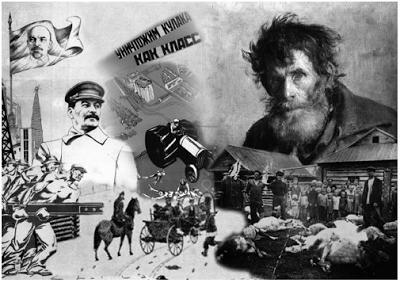
Arbitrage practice
It is worth noting that the law "on three spikelets" (as they began to call it among the people) began to be applied rather fanatically by the authorities. From the moment of its approval to January 1, 1933, it was sentenced:
- To the highest measure - 3.5%.
- By 10 years - 60.3%.
- Less severe punishment received 36.2%.
However, it must be said that far from all sentences of the highest degree were executed in the USSR. 1932 was to some extent a trial period for the use of the new regulatory act. The general authorities handed down 2,686 sentences of capital punishment. A large number of decisions were made in linear transport courts (812) and military tribunals (208). Nevertheless, the Supreme Soviet of the RSFSR reviewed almost half of the sentences. The CEC Presidium issued even more justification decisions. According to the records of Krylenko, the people's commissar of justice, the total number of executed people did not exceed 1000.
Case Review
A logical question arises: why did the Supreme Court begin to review the decisions of lower instances? This happened because the latter, applying the law "on three spikelets", sometimes reached the point of absurdity. For example, three peasants were characterized as severe punishments, characterized by the accusation as kulaks, and the certificates they submitted themselves as middle peasants. They were convicted of having taken a boat belonging to the collective farm and went fishing. A serious sentence was also passed on to the whole family. People were convicted of fishing in a river flowing alongside a collective farm. Another absurd decision was made in relation to the young man. He "dabbled in with the girls in the barn, thereby causing concern to the piglet belonging to the collective farm." Since the collective property was inviolable and sacred, the judge sentenced the young man to 10 years in prison "for disturbance." As Vyshinsky, the famous prosecutor of the time, points out in his pamphlet, all these cases were regarded by the judges as an encroachment on public material values, although in fact they were not. Along with this, the author adds that such decisions are constantly canceled, and the judges themselves are removed from their posts. Nevertheless, as Vyshinsky noted, all this reality characterizes an insufficient level of understanding, a limited outlook for people who can pass such sentences.
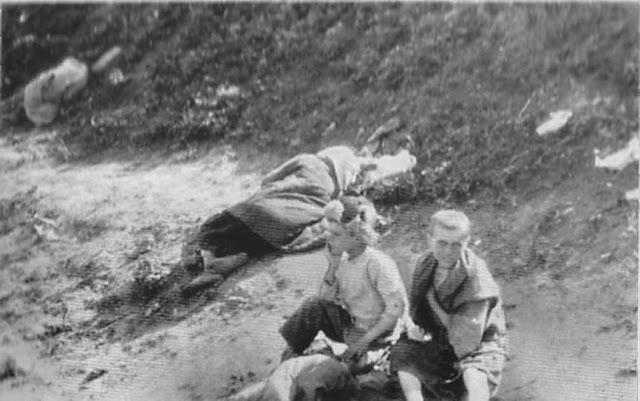
Solution Examples
The accountant of one of the collective farms for the careless attitude to agricultural implements, which was expressed in the partial abandonment of it in the open, was assigned 10 prisons. However, the court did not establish whether the instruments received partial or complete unsuitability. A cattleman of one of the collective farms released bulls into the street during harvesting. One animal slipped and broke its leg. By order of the board, the ox was slaughtered. The Narsud sentenced the volunteer to 10 years in prison. One of the ministers also fell under the "three spikelets" law. Climbing to the bell tower to remove snow from it, he found there corn in 2 bags. The minister immediately reported this to the village council. People who found a third bag of corn were sent for inspection. The minister was sentenced to 10 years. The barn manager was sentenced to ten years for allegedly weighing people. The audit revealed in one of the storages 375 kg of excess grain. When considering the case, the people's court did not take into account the statement of the head of the inspection of the remaining barns. The defendant argued that due to an incorrect description of the sheets in another store there should be a lack of grain in the same quantity. After the sentencing, the statement of the manager was confirmed. One of the collective farmers was sentenced to 2 years in prison for picking up a handful of grain in his palm and eating it because he wanted to eat and wasted, not having the strength to work. All these facts can serve as evidence of the cruelty of the then existing regime. However, illegal and inherently meaningless sentences were canceled almost immediately after adoption.
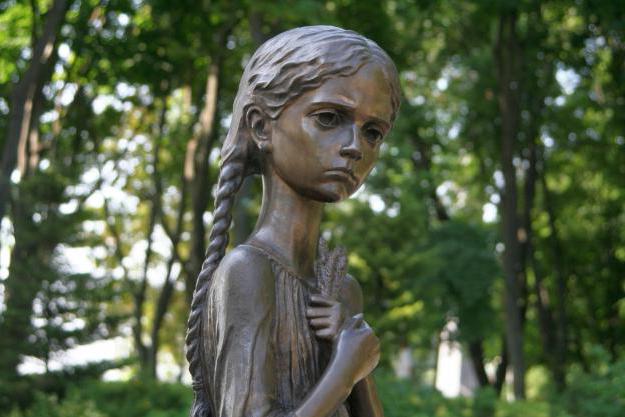
State regulations
Sentences for spikelets were a manifestation of arbitrariness and lawlessness. The state demanded that justice workers prevent the use of a normative act when it would lead to its discredit. In particular, the law “on three spikelets” could not be applied for thefts in extremely small sizes or for the extremely difficult financial situation of the guilty. Local judges were extremely unskilled. Together with excessive zeal, this led to massive "excesses." However, at the state level, an active struggle was conducted against them. In particular, the authorized persons were required to apply Art. 162 of the Criminal Code of the RSFSR, which provided for milder sentences. The higher authorities pointed out to the lower ones the need to correctly qualify acts. In addition, it was said about the unlawful non-application of the provision on easing sanctions in difficult life situations.
Famine in the USSR 1932-1933
The situation in the country was extremely difficult. Poverty was noted in the RSFSR, BSSR, in the North Caucasus, in the Volga region, in the Southern Urals, in Western Siberia, in Northern Kazakhstan. In the Ukrainian SSR, the name "famine" is indicated in official sources. In Ukraine in 2006, the Verkhovna Rada, he was recognized as an act of genocide of the people. The leadership of the former republic accused the Soviet government of deliberately exterminating the population. The sources indicate that this "artificial hunger" led to huge multimillion-dollar casualties. Later, after the collapse of the Union, this situation was widely covered in the media and various official documents. The Holodomor in Ukraine was regarded by many decision makers as one of the manifestations of the aggressive policy of the Soviet regime. However, as was said above, the plight also occurred in other republics, including the RSFSR.
Bread procurements
According to the results of studies conducted by the doctor of historical sciences Kondrashin, the famine in the USSR of 1932-1933 was the result of not universal collectivization. In some regions, for example, in the Volga region, the situation was caused by forced grain procurement. This opinion is confirmed by a number of eyewitnesses of those events. The famine arose from the fact that all the collected bread the peasants had to hand over. The countryside suffered greatly from collectivization and dispossession. In the Volga region, the commission for the procurement of bread under the leadership of the Secretary of the Central Committee of the Party, Postyshev, issued a decree on the seizure of stocks from individual grain farmers, as well as grain earned by collective farmers. Under pain of criminal punishment, the chairmen and heads of administrations were forced to transfer almost the entire crop to the state. All this deprived the region of food supply, which provoked a massive famine. The same measures were taken by Kaganovich and Molotov. Their decisions concerned the territories of the North Caucasus and Ukraine. As a result, mass deaths began in the country. At the same time, it must be said that the grain procurement plan for 1932 and the volume of grain actually collected were significantly lower than in previous and subsequent years. The total amount of alienated grain from villages through all channels (markets, procurement, harvesting) decreased by 20%. Export volume declined from 5.2 million tons in 1931 to 1.73 in 1932. The next year, it fell even further - to 1.68 million tons. For the main grain-producing regions (the North Caucasus and Ukraine), quotas for the number of harvests have repeatedly decreased. So, for example, in the Ukrainian SSR accounted for a quarter of grain delivered, while in 1930 the volume was 35%. According to Zhuravlev, hunger was triggered by a sharp drop in yields as a result of collectivization.
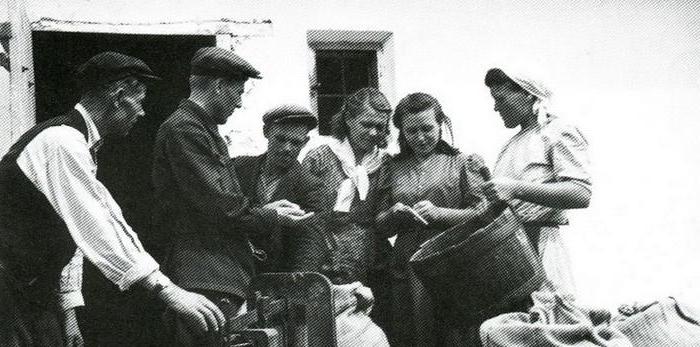
The results of the application of a regulatory act
The note by the deputy chairman of the OGPU Prokofiev and the head of the economic department of the OGPU Mironov addressed to Stalin indicates that of the thefts discovered in two weeks, special attention was paid to major crimes that occurred in Rostov-on-Don. Theft has spread throughout the local bakery system. The thefts were at the mills, at the factory itself, in two bakeries, 33 shops where products were sold to the public. As a result of the inspections, the embezzlement of more than 6 thousand pounds of bread, 1,000 of sugar, 500 of bran, etc. was found. Such chaos took place due to the lack of clear reporting and control, as well as due to the criminal nepotism of employees. Work supervision, which was attached to the distribution network, did not live up to its purpose. In all cases, the controllers acted as accomplices in crimes, putting their signatures on obviously fictitious acts on under-delivering bread, writing off shrinkage, etc. As a result of the investigation, 54 people were arrested, of which five were members of the CPSU (b). An organization of 62 people was liquidated in the Soyuztrans branch of Taganrog. Among them were port employees, movers, drivers, most of whom were former fists, traders, and criminal elements. As part of the organization, they stole goods transported from the port. The volumes of stolen directly indicate that the participants in the crimes were clearly not peasants.
Conclusion
As a result of the application of the normative act of larceny on railway transport and the theft of state farm property, material assets from cooperatives and cooperatives began to decline. In January 1936, mass rehabilitation of convicted people began. A decision was adopted of January 16, according to which an audit of the relevant cases was carried out. As a result, some of the convicts, whose actions did not contain corpus delicti, were released from prisons.